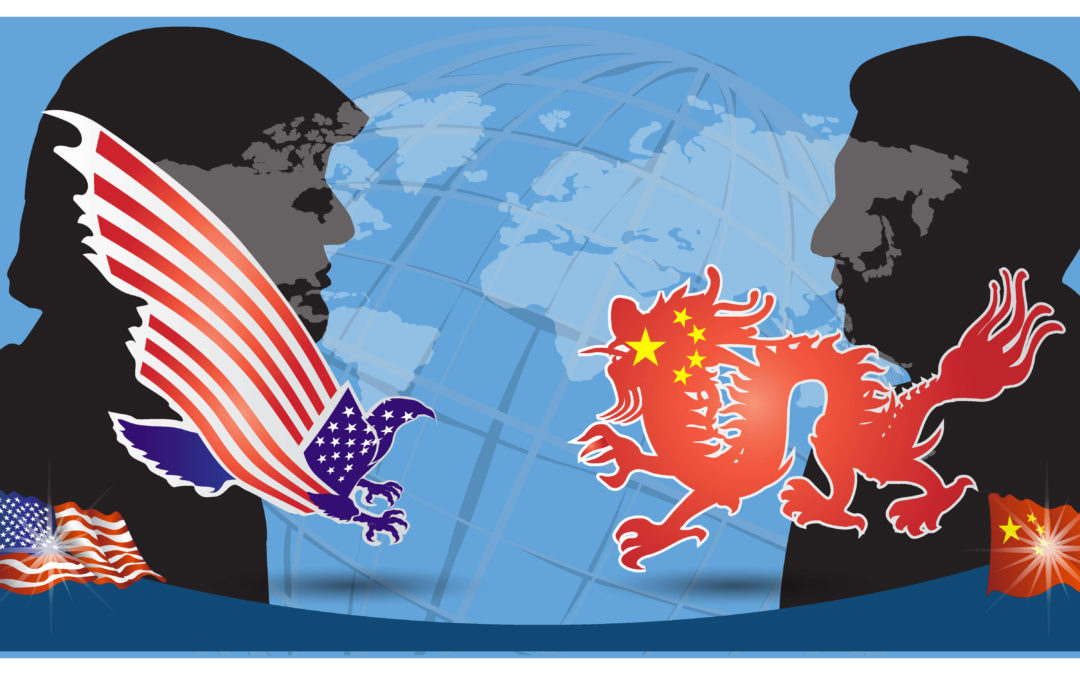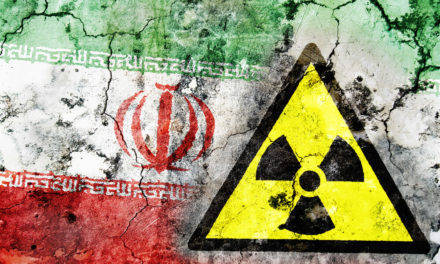Everyone — including the big banks of Wall Street — has been bracing for the fated trade meeting between U.S. President Donald Trump and Chinese President Xi Jinping at the G-20 summit this weekend.
The world’s two largest economies are set to meet Saturday as they try to hash out a prolonged trade deal that has seen both countries launch tit-for-tat tariffs at each other, and the markets have been surging since Trump announced the meeting a little over a week ago.
Wall Street strategists believe the meetings may not amount to much, though. A cease-fire seems to be a common conclusion to the talks, but there is some concern on whether Trump will continue with his threat of more tariffs on $300 billion worth of Chinese exports to stack on top of the 25% tariffs on $250 billion worth of goods already in place.
“With both sides expressing a desire to resume talks, we see increasing chances of some sort of ‘ceasefire,’ in which the two sides will agree to halt further escalation of tariffs and/or non-tariff barriers while high-level negotiations take place,” Barclays said.
June has been a marquee month for the stock market, and that may actually hinder progress on a new deal, Bank of America told CNBC.
“We think it will be difficult to bridge the gap because the strength of US equity markets and the Fed’s dovish turn have greatly reduced the pressure on the US to compromise,” BofA said.
Here’s what all the major banks on Wall Street are saying about the impending talks, per CNBC:
Bank of America
“Consensus expects can-kicking, but no rolling back of tariffs that are already in place. With above-trend economic growth and the S&P 500 at an all-time high, there is no sense of urgency on the part of the US to reach an agreement. Under a ‘real deal’, the S&P 500 could rally as high as 3100. But if additional tariffs are implemented, the S&P 500 could sustain a 5%+ move lower.”
Citi
“We continue to expect a handshake between the US and China which could be as soon as in the G20 Meeting. The cease-fire could include a commitment to not escalate trade and technology/investment-related tensions further, with the main structural issues being left unresolved. Still, the China-containment strategy would likely follow, and the damage on the real economy from the tariffs-limbo is ongoing.”
Evercore
“Higher tariffs by the US are not implemented for maybe a short time, maybe a long time. Real negotiations would presumably be re-launched. This is maximum uncertainty on tariffs, and to the Markets and others (in China, the US and Rest of World), but provides maximum flexibility to Trump. Trump can act quickly or he can wait. This is Trump’s, Xi’s and the Markets’ second best outcome. No one gets nothing; no one gets everything.”
Morgan Stanley
“And while US administration officials have said we shouldn’t expect a deal but rather a path forward for negotiations, this is still welcome news to anyone looking for relief from the tit-for-tat tariff escalation between the US and China. Communication may not be sufficient to break the escalatory cycle, but it’s a necessary condition. And it’s timely, too, as the US authorization to levy tariffs on a further ~US$300 billion of imports from China takes effect in early July…But investors beware: while a pause is better than escalation, it won’t refresh the economy enough to forestall a challenging path for risk assets.”
Cowen
“The ‘best case’ for this G-20 is a similar outcome to the last: new talks coupled with a decision to postpone the new tariff round. An added sweetener could see some new principles or process (Trump Economic Dialogue or…TED Talks) that provides a roadmap to a more successful outcome this time than last. In this “best case” scenario, China is likely to demand an upfront removal of existing tariffs (25% tariff on $250B in goods) and a permanent halt to future tariffs; Beijing seems deeply resistant to United States Trade Representative Robert Lighthizer’s enforcement ideas.”
Barclays
“With both sides expressing a desire to resume talks, we see increasing chances of some sort of ‘ceasefire,’ in which the two sides will agree to halt further escalation of tariffs and/or non-tariff barriers while high-level negotiations take place. In particular, the Trump administration would suspend imposing tariffs on the remaining imports from China; the suspension will likely be timebound within a several-month period (conditional on a deal being reached), or possibly without detail on when and under what circumstances tariffs would be imposed.”
Goldman Sachs
“Our political economists expect that the US and China will commit to resume negotiations and that the US will temporarily delay any additional tariff increases on Chinese imports. Despite a pause in tariff increases in the near term, they expect that there could still be additional tariffs later this year. Our economists’ base case remains a 10% tariff rate on the remaining $300 billion of Chinese imports, lower than the 25% rate that has been proposed by the USTR. ”




